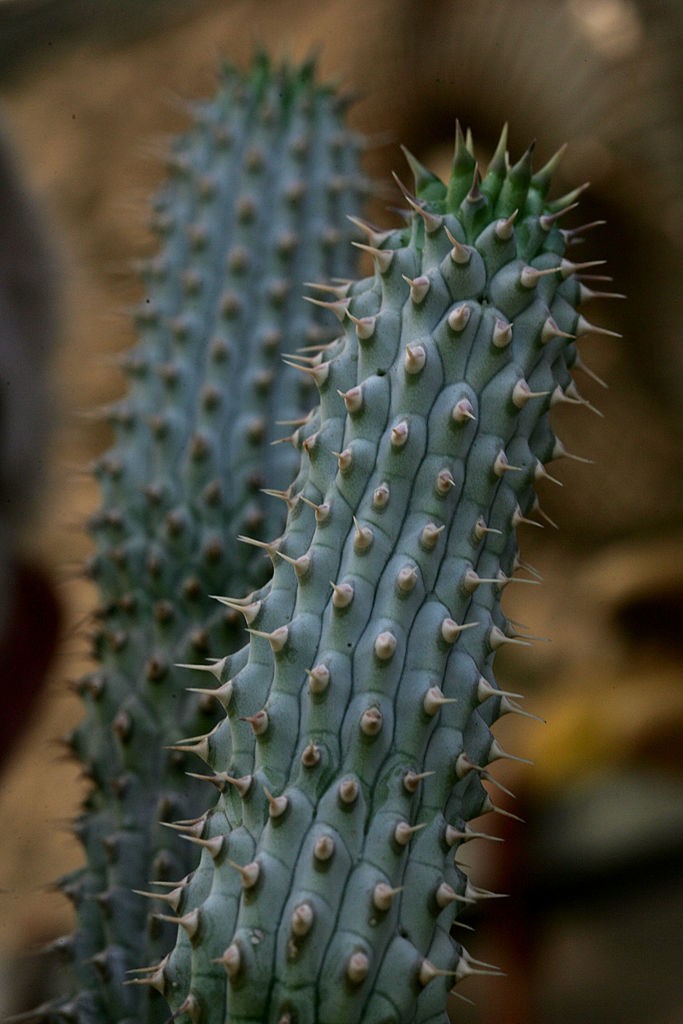When it comes to studying cacti, Chile is one popular destination for many plant biologists. With over a hundred species native to the desert of Atacama, many experts fly in to learn more about how each one of these prickly pioneers has evolved to adapt to such harsh environments.
Unfortunately, this popularity is also the reason why Chile is a hotbed of illegal cactus smuggling. And according to recent findings, this black market trade could result in numerous cactus species going into extinction.
Illegal cactus market gain global attention

The findings were published by the International Union for Conservation of Nature (IUCN). About 31% of all the world's cactus species are now critically endangered due to a pervasive underground trade for many rare and unique varieties.
One of the most recent headliners on this issue came out of Italy last year. A massive seizure of illegally shipped Chilean cacti and several species of rare succulents took place in February (with the authorities reaching a tally of over 1000 plants that had a combined worth of $1.2 million).
Dubbed Operation Atacama, it was a joint effort between Chilean and Italian authorities to help combat the black market trade of endangered plant species across the European Union.
Still, the problem is not just the supply but the demand. Cacti are a popular plant for a wide variety of people whether its houseplant enthusiasts or those who just think they look cute on the office desk. Many syndicate leaders also happen to be wealthy plant collectors and set high prices to entice poachers.
That is why awareness will be key to ending this illicit trade. Cacti take years to fully grow and mature. And by removing them from their natural habitats, they are put at serious risk of dying in unfamiliar climates. Even the most specialized care is no substitute for putting these plants in the environment which they had evolved to grow in.
Playing your part to end cactus trafficking
There are a number of ways you can actually play a part in curbing this harmful practice. Here are a few tips.
1. Watch what you buy.
Social media is a very popular place for black market cactus traffickers to sell their stuff. If you ever see pictures of unusual, colorful and expensive cacti being sold in an online group, then there is a good chance that it needs to be reported. If it is possible, try to get some screenshots of the seller and contact your nearest conservation authority about the plants being shown.
2. Learn more about the species.
There are now a lot of resources online that could point you in the direction on what cacti are illegal to export. For instance, the website for the Convention on International Trade in Endangered Species of Wild Fauna and Flora (CITES) has a list of over 30,000 plants under its protection. Knowing whether someone is selling an illegal cactus is just one Google away.
3. Stick simpler, commercial breeds.
Think of exotic cacti as you would exotic animals. As cool and unusual these are, they belong in the wild and that is why it is better for people to stick with regular pets. If you think a cactus would make a nice addition to your desk, then stick to commercial species that are not on a protected list.
The money flowing into the black market cactus trade has real, devastating consequences for their home ecosystem. By refusing to play any part with it, plant lovers can do some real good in seeing these places restored.
© 2025 NatureWorldNews.com All rights reserved. Do not reproduce without permission.





